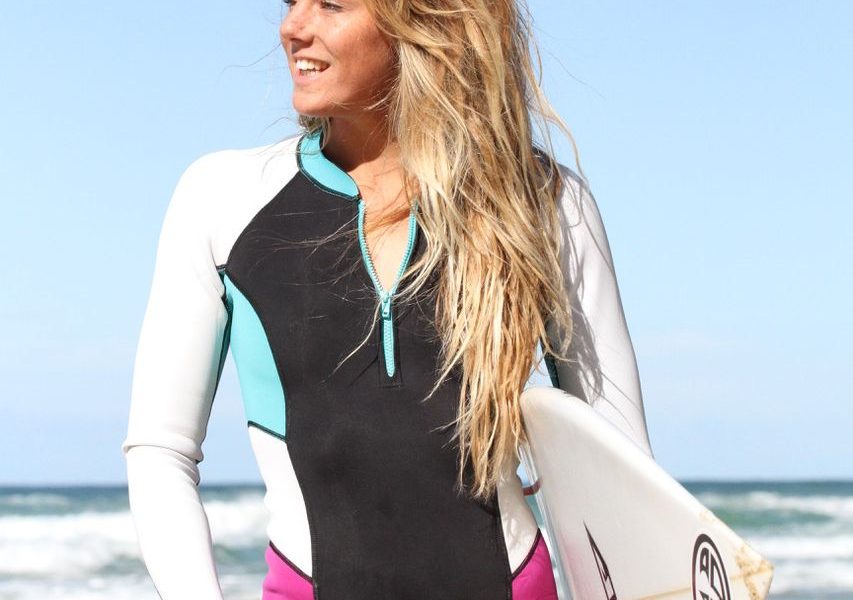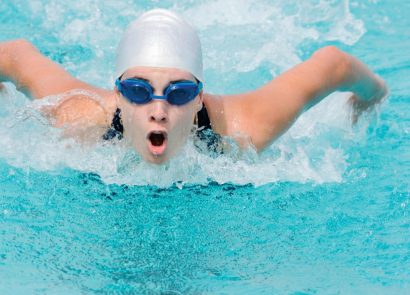The sun is shining, the sea is sparkling clear and shouts of holidaying children fill the air – summer is most definitely here. And whether you’re looking for a new family-friendly sport to try while your kids are homework-free or something to attempt with your friends, surfing could be just what you’re looking for. Challenging, but highly addictive, it’s a great way to test your body and mind, and this is something Lucy Campbell, pro surfer and British champion, knows full well. The 21-year-old is the highest ranking surfer in the UK and taught herself how to get on a board in Devon when she was just 10 years old.
She says: “I’d definitely recommend getting a lesson or two before you head out on your own – that way you can learn all about your equipment, the best places to go and waves to catch, plus you can understand the basics of a good technique and water safety. Don’t be afraid to ask your instructor how you can advance too.”
Once you feel confident laying and paddling on your board in the sea, the next thing to get the hang of is ‘popping up’ – this is the action when you jump from laying down on your board to standing up.
Here’s Lucy’s guide to getting it right…
-Make sure you’re always lying or standing right on the middle line of your board (what we call ‘the stringer’). That way you won’t tip in!
– Remember that your head is the heaviest part of your body and this can throw you off balance. When you’re getting to your feet, look forwards towards the beach, not downwards – you have to trust your feet to know where they’re going! This will give you far more space to get your front foot up far enough on the board and again should stop you from getting tipped off.
– My top tip is to always leave your fingertips down on the board until your feet are in position for extra balance. You can also adjust your feet easily from here if you need to.
– When standing, your feet should be a little wider than shoulder-distance apart. Both should be facing to the side and on the central line of the board.
– When you’re making the transition from laying down to standing up, keep your movements smooth and don’t rush.
– When standing, keep nice and low with your knees bent. Your head, bum and feet should all be in line – try not to stick your bum out (we call that a ‘poo’ stance!). Keep your arms below shoulder height and voila! You’ll be riding all the way to the beach!
– You can your practise you pop up at home – simply find somewhere where there is a cross shape on the floor (with the lines of wooden flooring or tiles, for example) – you’ll need one line under your chest and one going straight down your middle. Now practise jumping up and getting your front foot to the line where your chest was! Your back foot will be your stronger/ dominant leg.
Once you’re feeling comfortable with this action, it’s time to try standing up in the water under the watchful eye of your teacher. You’ll love the exhilarating feeling of the wave under your board!
If you’re keen to try surfing or watch the pros in action, head along to Boardmasters music and surfing festival in Newquay. This year it runs from August 9th to August 14th. For more details visit boardmasters.co.uk






















